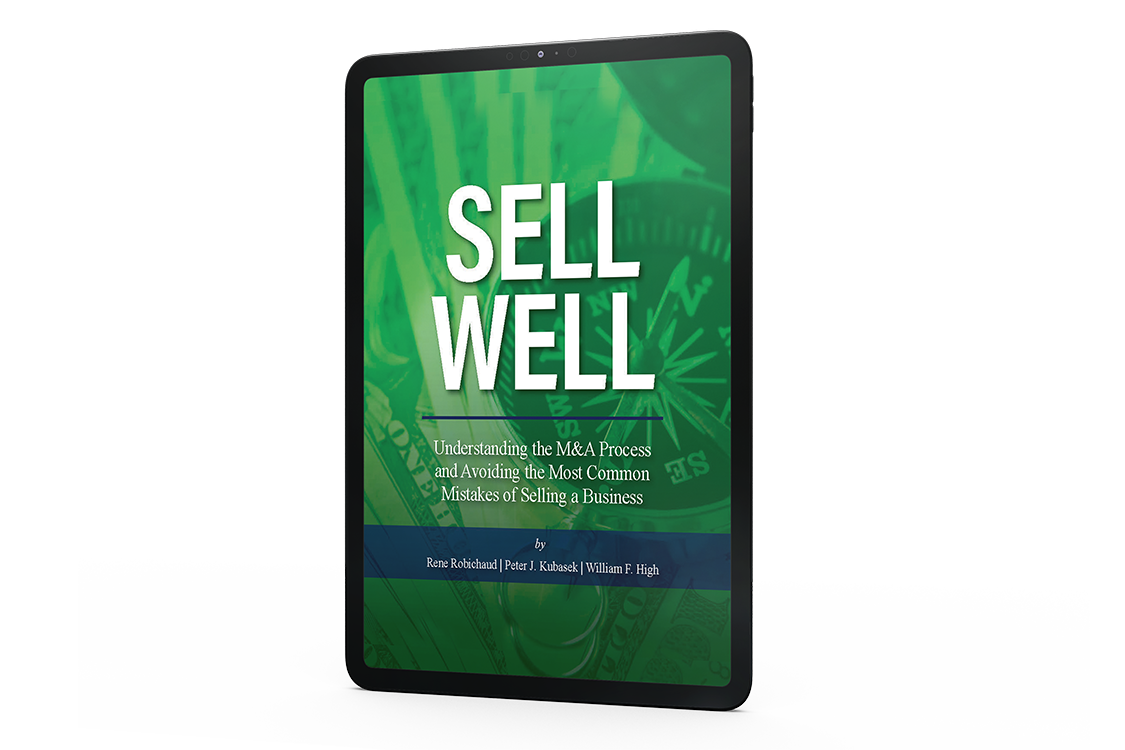ArkMalibu Industry Snapshots, First Quarter 2022 (Released 4/26/2022)
We invite you to read our M&A market analysis and access the Market Monitor links below, where you may download detailed reports containing M&A trends and data from 17 industries. Please feel free to contact us at (513) 583-5413 to discuss how the information presented in each report may relate to your business and its own unique set of value drivers.
U.S. & Canada M&A Overview – Deal Volume Nearly Matches Prior Year while Total Deal Value Surges
- Deal counts for the U.S. and Canada in Q1 2022 totaled 5,484, a 13% decline from Q4 2021 and 2% decline from Q1 2021
- The war in Ukraine severely disrupted lending markets causing banks to hold on to billions of dollars in syndicated loans for LBOs and slowed deal activity as many dealmakers hit pause for several weeks
- In contrast to the slightly lower deal volumes, the U.S. and Canada started out the year strong in terms of capital invested with a total M&A transaction value of $854B; 8% up from Q4 2021 and, remarkably, 83% up from Q1 2021
- Q1 2021 had been in line with the median quarter over the prior 5 years at $470B in deal value compared to the ~$800B quarterly totals recorded over these past 3 quarters
- The median deal multiple for Q1 was 11.8x LTM EBITDA; in line with the average of the last four years and almost even with the median multiple of 11.9x in 2021
Global M&A Overview
- Total deal value came in at $1.38T, which is a 5% increase from Q4 2021, while deal count saw a falloff to 9,978 global deals done representing a 25% dip from the Q4 2021 record
- Global IPOs slowed to their lowest volume since the pandemic-beleaguered early 2020 and declined by almost half from the prior quarter
- Following the general pattern, Special Purpose Acquisition Company (SPAC) IPOs dropped in both value and count, with the median value being 50% that of 2021, and the count coming in at just 78 which represents a 63% drop-off from the prior quarter
U.S. & Canada M&A Overview of Selected Players
- Strategics
- Cash & equivalents of the largest 500 public companies dipped slightly to $1.9T from its peak of $2.0T a year prior
- Exits may tilt away from strategics and toward financial buyers
- A recent Deloitte survey of 1,300 M&A executives showed that respondents expected only 37% of their exits to be to strategic acquirers in 2022, vs the 52% estimate in 2019
- However, should interest rates continue to rise this year as they have since this survey concluded, strategic investors relying less on debt could find themselves at an advantage over PE firms
- Private Equity
- PE’s average fund size in 2021 was approximately $340M, up from $210M in 2016
- Globally there were nine $10B+ PE funds as of the end of the year while seven additional mega funds of at least that size are currently tracking to close in 2022
- PE buyout multiples remain high, matching the Q4 2021 mark with nearly 8.3x on LTM EBITDA
- Dry powder was estimated to be at an average of $1.8T over the course of Q1, which is an all-time high
- Many private equity buyers chose to wait until 2022 to deploy capital after missing deals in 2021
- Venture Capital
- Deal activity hit a historic high with 4,800+ deals completed in Q1 with over $70B invested
- VC funds have raised $70B in commitments so far this year, which is already half of what was raised in all of 2021 and is by far the strongest quarter in history
- VC exits came in at just $32B in Q1, falling 82% following three quarters each over $192B while distributions are estimated to have fallen at a similar rate
- The drop is linked to the poor performance of public markets in Q1 and its impact on IPO activity
- PE’s average fund size in 2021 was approximately $340M, up from $210M in 2016
U.S. Equity Market Overview
- U.S. equity assets finished the first quarter down across the board
- Large cap stocks managed a slightly better performance in Q1 than small cap stocks, doing 1.8% better than their smaller counterparts (S&P 500 vs Russell 2000)
- The LTM numbers tell a stronger story for large cap, with the small caps dropping -7.2% while the S&P 500 gained 13.3%, for a difference of 20.5%
- By March 8th, the S&P 500 had fallen -13% from its January all-time high before regaining some ground by the end of the quarter
- From a style perspective, value lost less than growth across capitalizations for Q1
- This resilience of value over growth held in both large caps (Russell 1000 Value: 8.6% better than growth) and smaller caps (Russell 2000 Value: 10.3% better than growth)
- Several sectors stood out in terms of results, with the energy sector increasing over 38% in Q1, and the biotech sector remaining 33% below its November high
- Energy gains were attributable to the spike in oil prices as the daily spot crude oil price rose 32% over the quarter
- Biotech has had a litany of issues as of late such as regulatory problems, high profile clinical trial failures, capital flow pull-back after an influx at the start of the COVID-19 pandemic, and excessive supply of new IPOs in 2021 – this caused a mass exit in early 2022, with 1 out of 4 stocks in the sector falling +80%
- S&P 500 Q1 blended revenues (estimates + actuals reported as of Friday, April 22) increased YOY with a growth rate of 11.4%; however, this reflects a slowdown from the previous quarter’s YOY growth rate of 16.7%
- S&P 500 Q1 blended earnings (estimates + actuals reported as of Friday, April 22) also increased YOY with a growth rate of 7.3%; however, this too reflects a slowdown from the previous quarter’s YOY growth rate of 32.1%
- Regarding valuations, the forward 12-month P/E ratio for the S&P 500 ended the quarter at 19.5x – this is above the 5-year average (18.6x) and above the 10-year average (16.8x), but down from the 21.2x mark seen at the end of last year
- Large cap stocks managed a slightly better performance in Q1 than small cap stocks, doing 1.8% better than their smaller counterparts (S&P 500 vs Russell 2000)
Economic Update
- Goods produced in Russia and Ukraine are already seeing price increases due to war disruptions and sanctions
- The Brent crude oil index began the quarter at $79/barrel and jumped to over $120 in March directly following the Feb 24th invasion of Ukraine; the index ended the quarter at $104
- Coal is another source of energy produced in Russia and similarly jumped in March, ending the quarter higher than any other quarter in history at $258/ton, 150% higher YOY
- Metals have increased in price, as Russia is a large producer of many inputs such as aluminum and nickel which rose 50% and 73% in Q1, respectively
- Grain prices have also spiked, as both Ukraine and Russia are significant producers; wheat prices increased 31% in March – Russia and Ukraine produce 30% of the world’s wheat exports
- US inflation rose 8.5% YOY in March, with core CPI (excluding food and energy) coming in at a lower 6.5% increase
- Core CPI sits almost 3.0% higher than the median OECD nation despite normally tracking along with the upper quartile of those countries prior to 2021
- This divergence appears to be largely attributable to the disproportionate fiscal stimulus the United States undertook during the pandemic which was aimed at direct grants to consumers; these stimulus measures therefore drove real personal disposable income to elevated levels, which translates to increased spending and prices
- Wage growth increased 5.5% in March YOY, representing the fastest monthly growth since May 2020; however, this is still below the rate of inflation over the same period
- The Federal Reserve is forecasted to hike interest rates 6 times in 2022 as the economy heats up and inflation concerns mount; at year-end 2021 the common consensus was 3 rate increases
- The median forecast from the dot plot of FOMC members shows the federal funds rate between 1.75% and 2.00% by the end of 2022 – a full percentage point above the December meeting assessment; this rate is now expected to be 2.75% by the end of 2023
- 2/10-year US Treasury yield curve inverted in the last week of March, which has often preceded economic recessions in the United States in the following 12-18 months
- Average 30-year mortgage rates jumped from 3.1% to 4.8% in Q1 – this represents the highest rate level since December 2018
- The economy continues its healthy momentum, adding jobs and producing profitably, while concurrently global growth slows from 2021 levels and the risk of recession increases
- Weekly jobless claims of 166k hit a 54-year low for the week ending April 1, while monthly job gains were 430k in March for a total of 1.6M gained in Q1
- The resulting number of 150.9M current US jobs is still 1.6M short of the pre-pandemic count
- The labor force participation rate of 62.4% at the end of Q1 contrasts to the 63.4% level seen in Q4 2019 meaning 3.3 million people have left the labor force
- Adjusted corporate EBT reached $2.8T for CY 2021 across all public and private companies in the US according to data released in March – this is an increase of 25% over 2020 and an increase of 18.5% from the pre-pandemic 2019 level, unadjusted for inflation
- The IMF revised its outlook for 2022 global GDP growth down to 3.6% from its previous estimate of 4.4% in January, which represents a significant falloff from the 6.1% growth realized in 2021
- An end of quarter survey of economists yielded an estimated average probability of recession in the next 12 months at 28%, which is up significantly from the 12% average estimated a year ago
- Weekly jobless claims of 166k hit a 54-year low for the week ending April 1, while monthly job gains were 430k in March for a total of 1.6M gained in Q1
- Core CPI sits almost 3.0% higher than the median OECD nation despite normally tracking along with the upper quartile of those countries prior to 2021
Sources: ArkMalibu, Bureau of Economic Analysis, Bureau of Labor Statistics, Deloitte, Federal Reserve, IMF, J.P. Morgan, Macrotrends, McKinsey, Pitchbook, S&P Capital IQ, Reuters, Wall Street Journal, and other publicly available news sources
ArkMalibu Approach
Our team at ArkMalibu is proud of our conflict-free business model, M&A expertise, and value-added processes, which continue to deliver results that far exceed the expectations of our clients, the one-time sellers. We would be delighted to listen and then help you navigate the M&A market in achieving your goals.


